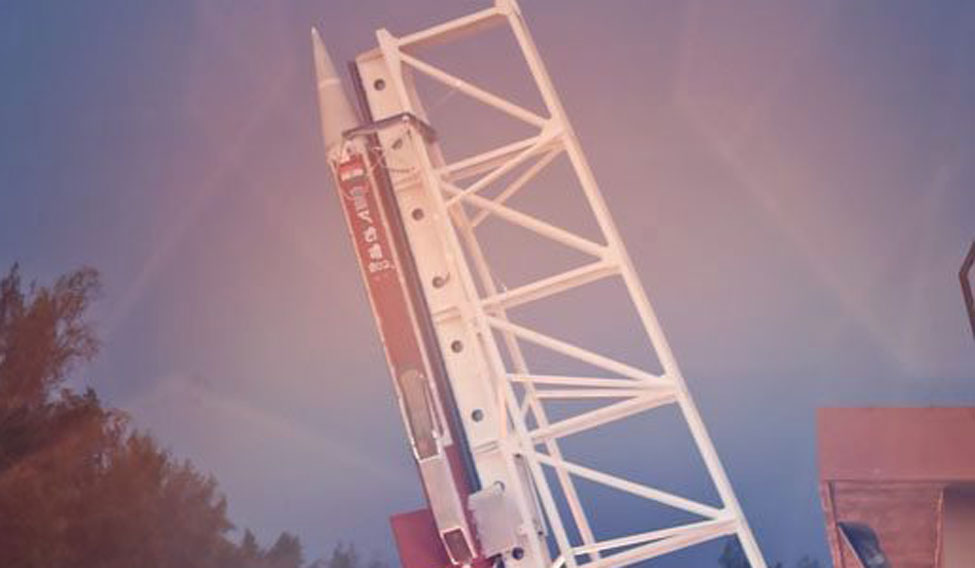In a significant step, the Indian Space Research Organisation (ISRO) took India a step closer to the possibility of economical space travel. On August 28, ISRO successfully demonstrated a test version of the indigenously built scramjet (supersonic combustion ramjet) engine—an 'air-breathing' engine that can make space launches 10 times cheaper.
The test-rocket (or sounding rocket)—Advanced Technology Vehicle (ATV)—was launched with the newly-designed scramjet engines from the Satish Dhawan Space Centre, Sriharikota, Andhra Pradesh. It weighed 3,000kg during the launch and propelled the rocket to a speed of Mach 6 (six times the speed of sound). The test lasted for five seconds, as the sounding rocket carried two scramjet engines up to 20km before descending. Here's what you need to know about scramjet engines and why it is an important achievement:
The Avatar programme
To put satellites into space, ISRO used launch vehicles such as Polar Satellite Launch Vehicles (PSLV), which proved to be expensive and could be used only once. Avatar is ISRO's spacecraft programme to design and build reusable launchers, called Reusable Launch Vehicles (RLV). It will be capable of assisting in launching a rocket into space, and returning to the base. The scramjet technology is the latest addition to the programme.
Scramjet engines work at supersonic speed
A rocket is thrust into space with a combination of propulsion engines, such as ramjet and scramjet engines. After it is launched off the pad into the sky, the ramjet engine is responsible for propelling the rocket up to Mach 3. Then, the scramjet engines kick in, working only at supersonic speed as it reaches the boundary of the atmosphere. The idea is simple: as air rushes through the inlet, the fuel is burnt and let out, propelling the rocket faster, higher.
Reduces weight and cuts costs
Until now, rocket launchers would be loaded with engines that required liquid oxygen (oxidiser) and a separate fuel tank. The propulsion would occur when the oxidiser and the fuel combusted. The scramjet engine, on the other hand, will only carry the load of hydrogen (as fuel), and uses oxygen from the atmosphere to cause combustion at supersonic speed. This significantly reduces the weight of the rocket, thereby cutting launching costs. Further, the scramjet has lesser rotating parts, which reduces the chances of a mechanical failure.
Rocket science
The tricky part about getting scramjet technology right involves figuring out how to contain the combustion pressure when fuel is injected into air at supersonic speed. To add to this, the process of combustion must take place within seconds of reaching supersonic speed. Air compressibility, inlet size and nozzle designs add to the complexity of the development of the engine. Scientists at ISRO have successfully overcome these challenges.
Successful testing of scramjet rocket engine is a testimony to the hardwork & excellence of our scientists. Congratulations to @isro.
— Narendra Modi (@narendramodi) August 28, 2016
India is the fourth nation
After the United States, Russia and Australia, India is the fourth nation to test a scramjet engine. According to ISRO, the test has successfully shown how crucial technologies such as “ignition of air breathing engines at supersonic speed, holding the flame at supersonic speed, air intake mechanism and fuel injection systems” have been indigenously designed and developed.





